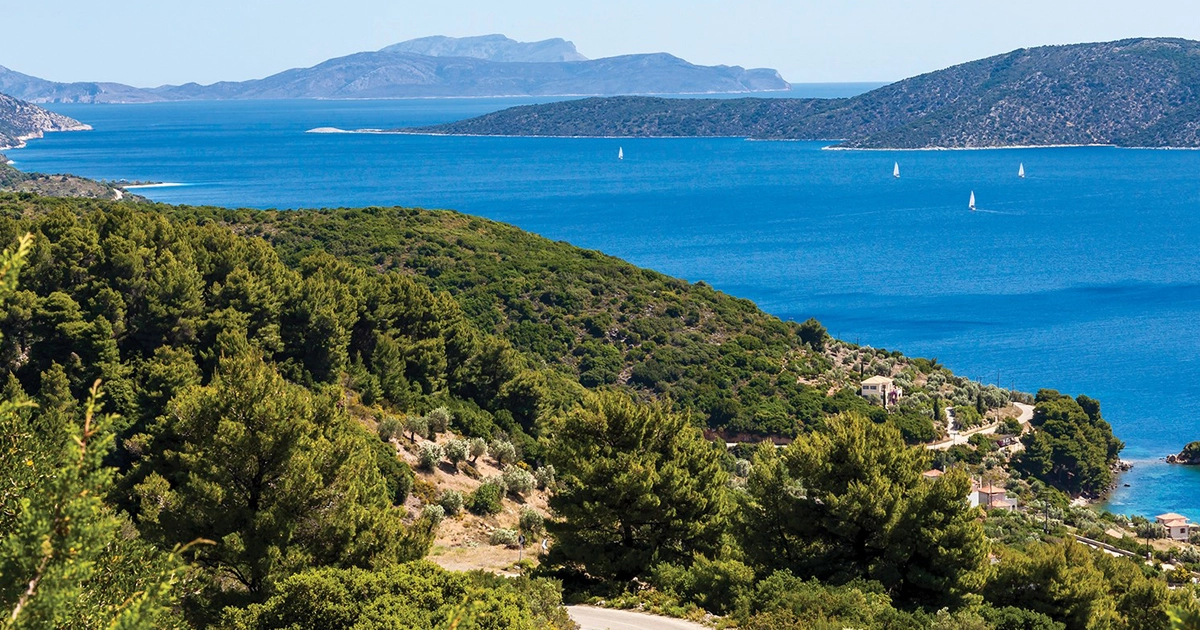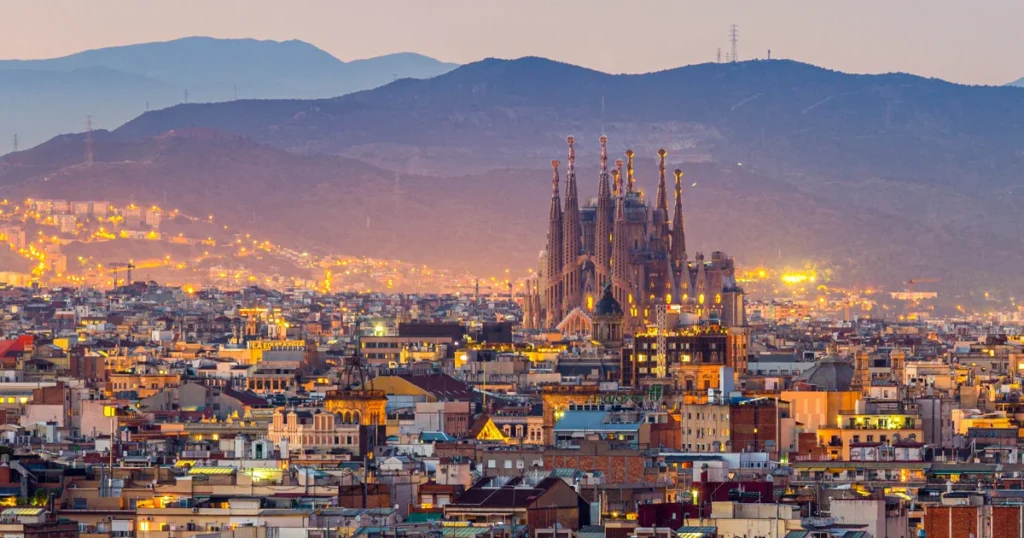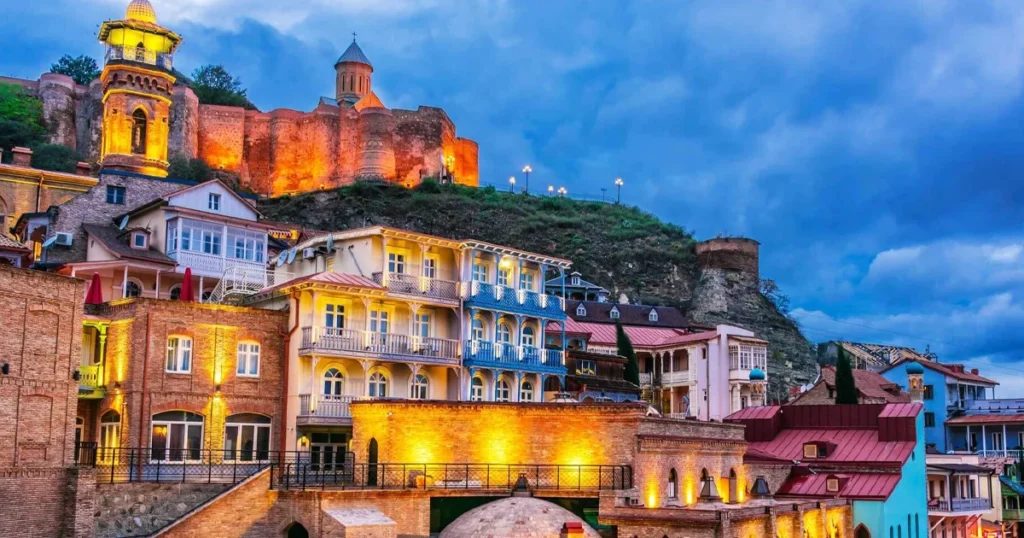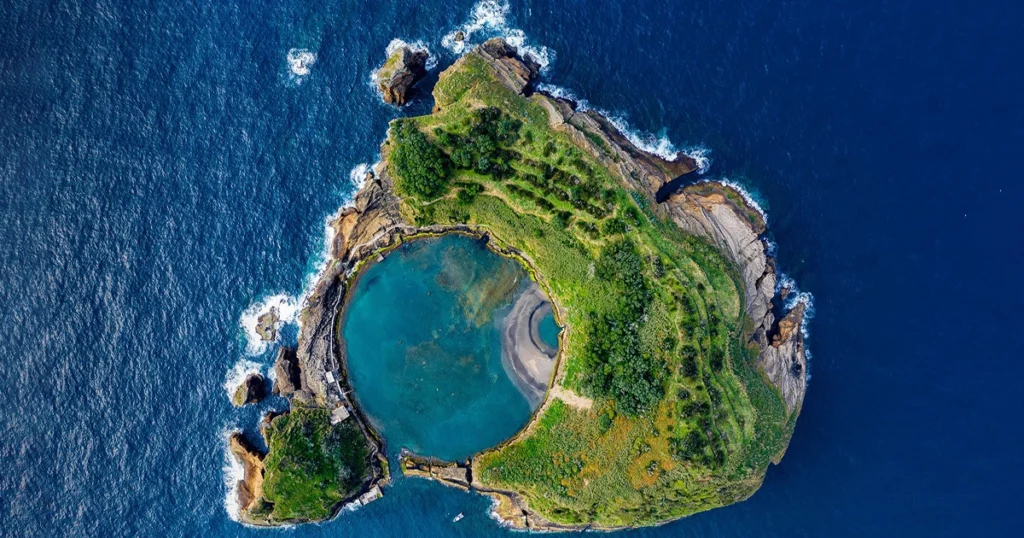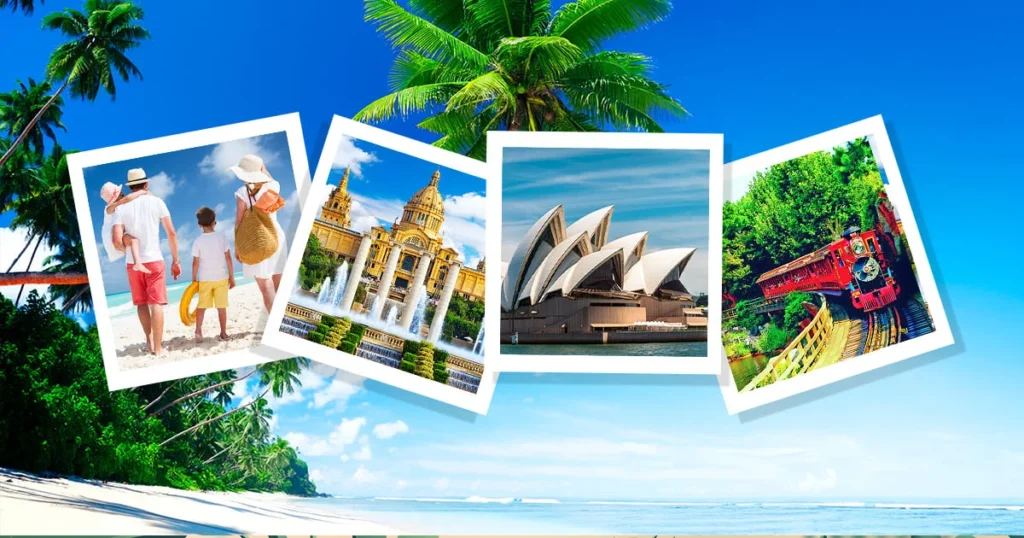10 Secret Eco-Friendly Destinations Every Traveler Should Visit in 2025
As wanderlust evolves beyond Instagrammable backdrops, travelers are now chasing unspoiled sanctuaries where footprints fade faster than footprints on a windswept shore. The rise of eco-conscious travel isn’t just a trend it’s a rebellion against overtourism, fueled by a hunger for regenerative adventures that heal the planet as much as they inspire.
This isn’t about sacrificing comfort for conscience. Imagine sleeping in carbon-neutral treehouses in Costa Rica’s blue zones , dining on hyper-local farm-to-fork bioluminescence in Norway’s Arctic Circle, or trekking through rewilded jungles in Bhutan where endangered species outnumber tourists. We’re spotlighting Earth’s hidden gems places where sustainability isn’t a buzzword but a blueprint, blending slow tourism with biodiversity-positive stays to create memories that don’t cost the Earth.
Welcome to the era of climate-resilient travel . Post-pandemic shifts have accelerated demand for low-impact escapes , with destinations pioneering circular tourism models think solar-powered eco-lodges in Namibia’s deserts, AI-driven wildlife corridors in Kenya, and zero-waste archipelagos in the Philippines. As climate uncertainty reshapes the map, 2025 is the year of adaptive exploration : think floating villages in Bangladesh’s mangroves, permafrost-preserving Arctic retreats , and community-led conservation hubs in Papua New Guinea. The future of travel? It’s green, gritty, and gloriously off the grid .
Destination Profiles: In-Depth Eco-Conscious Escapes
Alonissos, Greece
The location: Northern Sporades archipelago, Aegean Sea. Islands situated between Skiathos and Skyros that can be reached via ferry or a small plane.
Eco Features :
- Marine Protected Area (MPA) It was created in 1992. one of the first areas of its kind in the Mediterranean that protects the endangered monk seals and seabirds, dolphins, and more. The restrictions on fishing and mooring rules safeguard coral reefs as well as seagrass bed.
- Plastic-Free Policy The policy prohibits single-use plastics across the entire island. Businesses utilize biodegradable containers.
Secret Appeal : - Avoid the Cyclades crowds and discover this secret with whitewashed villages such as Chora and Patitiri undiscovered by resorts of all sizes. The authentic tavernas in the area serve the octopus stew, and almond-based sweets.
Activities: - Snorkeling Discover wrecks of ships (e.g. The Peristerawreck) within the MPA.
- Hiking The trails that form that of the Path of the Gods offer stunning views of pine forest as well as olive trees.
- Eco-Boat tours certified operators such as the Alonissos Tritonuse the solar power of their vessels.
Tips Take a trip to the city in May to celebrate The Alonissos Cultural Festival which celebrates local music and food.
Gabon, Central Africa
The location: West Central Africa It is with borders that include Cameroon, Equatorial Guinea, as well as the Atlantic.
Eco Features :
- Hotels with low impact Property such as Loango Lodgeuse solar power, and local workers.
- Rainforest Conservation The 88% of forest cover protects 60% of the remaining elephants in the forest.
Secret Appeal : - The parks of Gabon (e.g., Ivindo, Lope) provide a wild and unspoiled environment. Mandrills in the bushes, hippos surfing Atlantic waves and the humpback whales (July-Sept).
Activities: - Forest Treks Track gorillas within the National Park of Moukalaba-Doudou.
- Beach Camping The beach is where you can sleep. the loango’s “Buffalo Beach” with elephant footprints in the sand.
Tips Tip: Fly to Libreville Then arrange a charter flight to parks. Help and support the Gabonese Association for Tourismfor an ethical guide.
The Azores, Portugal
Place 9 volcanic islands tucked the gulf between Europe as well as North America.
Eco Features :
- Geothermal Energy: It is the source of 40 percent of the Sao Miguel’s power.
- UNESCO Biosphere Reserve and protects endangered species like the Azores bullfinch.
Secret Appeal : - In winter, go to the park (Nov-March) to find trails that are not used as well as whale movements.
Activities: - Whale Watching: Reliable operators such as Future Adventuresfollow strict distance guidelines.
- Crater Lakes The hiker can explore Lagoa do Fogo or dive into the pristine mineral-rich water of Furnas.
Tasmania, Australia
The location is 240km to the from mainland Australia and separated from mainland Australia by Bass Strait.
Eco Features :
- Wilderness Protection: 1.6 million acres in World Heritage Areas, including Cradle Mountain Lake St Clair.
- Carbon-Neutral The goal by 2030 by reforestation, renewable energy and reforestation.
Secret Appeal : - Three Capes Track Three Capes Track(48 kilometers) restricts hikers to 34 a day. It is recommended to book months prior to departure.
Activities: - Wildlife Spotting: Get to know Tasmanian Devils in the Bonorong Wildlife Sanctuary.
- Farm-to-Table Eat at the Agrarian Kitchenin New Norfolk and sourcing the best of heirloom food items.
Tips Tip: Take a drive along through the Tasman Peninsula for sea rock formations, such as Cape Hauy and Remarkable Cave.
Chocó Region, Colombia
The location: Pacific coast rainforest and bordering Panama.
Eco Features :
- Afro-Colombian Stewardship Community-based organizations manage 90 90% of the Colombian Pacific rainforest.
- The mangroves of Utria National Park serve as a critical habitat for an endangered bird species, The Spot, which attracts birdwatching enthusiasts to the region.
- Post-conflict recovery opens up trails such as El Taminango are opening to adventurous travellers.
Activities: - Birdwatching The Spot is an endangered species of the mangroves of Utria National Park.
- Cultural Trips Learning Afro-Colombian Drumming at Bahia Solano.
Tips Tips: Wear dry clothing in case of sudden showers. Also, help Proyecto Titifor Wildlife conservation.
Soča Valley, Slovenia
The location: Julian Alps, close to the Italian border.
Eco Features :
- Green Scheme Certification The Green Scheme is a certification for resorts such as the Hotel Mangartuse sustainable energy sources and local produce.
- Soca River: It is a Natura 2000 site, protected for its beautiful emerald-colored waters as well as marble trout.
Secret Appeal : - Beware of Lake Bled’s crowds by walking through the Julian Alps Trail(16-stage route).
Activities: - Whitewater Rafting to tackle Grade III and IV rapids along the Soca.
- Tips The taste of Kozeljska beer which is brewed using the alpine herb.
Ometepe Island, Nicaragua
Localization: Lake Nicaragua, created from Concepcion as well as Maderas volcanoes.
Eco Features :
- Permaculture farms Organic cacao and coffee grown on volcanic soil.
- Freshwater Conservation : Lake Nicaragua’s unique ecosystem supports bull sharks.
Secret Appeal : - Stay in eco-friendly lodges like Finca Magdalena, that are powered by solar energy.
Activities: - Volcano Hikes the Summit Concepcion (1,610m) to enjoy sunrise views.
- Kayaking : Paddle to Ojo de Agua , a natural freshwater spring.
Tips Tip: Hire a bicycle ($10/day) for exploring the villages of Altagracia.
Bolaven Plateau, Laos
Location : Southern Laos, 1,350m above sea level.
Eco Features :
- Organic Coffee: Shade-grown Arabica on farms such as Tad Lo.
- Hydraulic Sustainability The Tad Fane are a source of energy for local communities.
Secret Appeal : - The trek through Tad Yuang(Double Waterfall) with no people that are typical of Kuang Si.
Activities: - coffee tours Discover roasting methods on the premises of Sinouk Coffee Resort.
- The Ethnic Villages Then, visit the Katu as well as Alak communities that are practicing animist ceremonies.
Tips Tip: Make sure to stay in the homestays of Paksong for authentic food like mok pa(steamed fish).
East Greenland
The location: Arctic coast, part of the world’s biggest national park.
Eco Features :
- Indigenous-Led Tourism : Inuit guides lead tours respecting polar bear habitats.
- Glacier Conservation: UNESCO World Heritage Site status for the Ilulissat Icefjord.
Secret Appeal : - Take a trip to Ittoqqortoormiit Ittoqqortoormiit, one of the most remote settlements which has 350 inhabitants.
Activities: - Dog sledding reaches its peak season from March to May, offering optimal snow conditions that ensure safe and exhilarating expeditions.
- Northern Lights: The best visibility is from September until April.
Tips Learning the basic Greenlandic words– “Qujanaq”(thank you) can go a long way.
Skeleton Coast, Namibia
The location: Atlantic coast desert starting that extends from Swakopmund up to the Angola border.
Eco Features :
- Community Conservancies Help to protect the rhino and desert lions by generating the revenue from tourism.
- Scrapped Shipwrecks Historic sites such as those of the Doris* wreck (1974).
Secret Appeal : - The access is restricted to permits and fly-in safaris. There are only 800 people per year.
Activities: - The Desert Rhino’s Tracking Join Save the Rhino Trust for nature-oriented hikes.
- Stargazing zero light pollution to provide Milky Way views.
Tips Reside at the Shipwreck Lodge which is where the proceeds go to the anti-poaching unit.
Each destination balances ecological stewardship with cultural immersion, offering travelers a chance to explore responsibly while uncovering hidden corners of the planet.
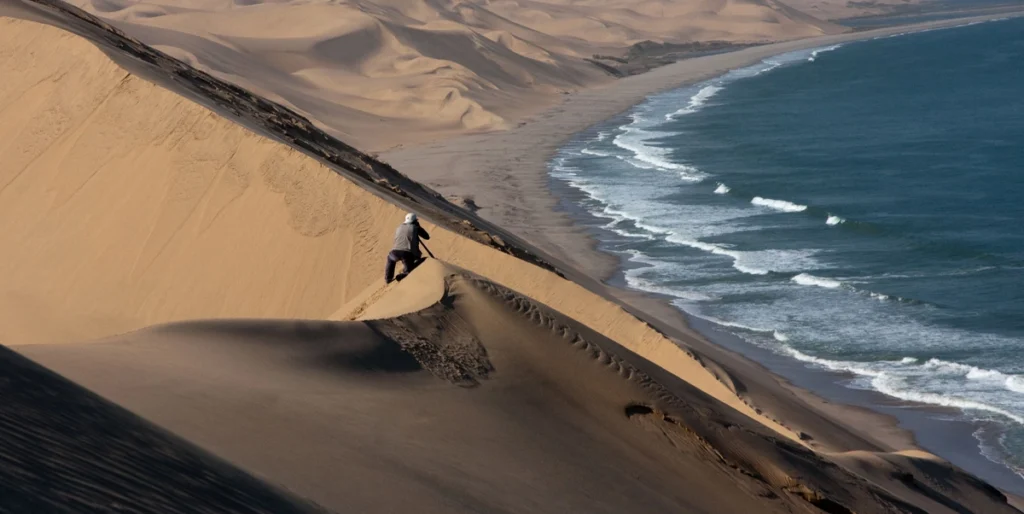
Responsible Travel Guide: Explore Mindfully, Preserve Thoughtfully
Travel with purpose by making choices that protect the planet, respect cultures, and empower communities. Here’s how to journey responsibly, with actionable steps and trusted resources.
1. Certifications: Trustworthy Seals for Ethical Travel
Look for these globally recognized certifications to identify sustainable businesses:
- Green Globe
For tourism businesses (hotels, tours) committed to reducing environmental impact and supporting communities.
Green Globe Certification - UNESCO Green List
Recognizes protected areas (parks, reserves) that balance conservation with community well-being.
UNESCO Green List - Rainforest Alliance
Certifies eco-friendly hotels and tours that protect biodiversity and ensure fair labor practices.
Rainforest Alliance Tourism - EarthCheck
Science-based certification for businesses prioritizing water, energy, and waste management.
EarthCheck - Global Sustainable Tourism Council (GSTC)
Sets global standards for sustainability; seek GSTC-accredited businesses.
GSTC
Pro Tip: Use platforms like BookDifferent and EcoBnb to find eco-certified accommodations.
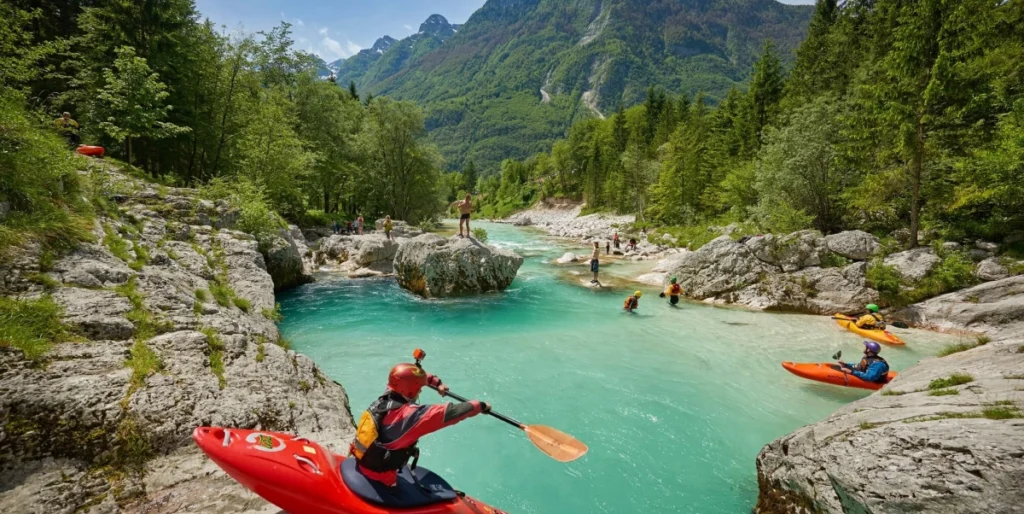
2. Leave No Trace: Principles for Protecting Nature
Follow these seven guidelines to minimize your environmental impact:
- Plan Ahead & Prepare
Research trail closures, fire bans, and pack reusable items (e.g., a Klean Kanteen water bottle). - Travel & Camp on Durable Surfaces
Stick to marked trails and campsites to prevent erosion. - Dispose of Waste Properly
Carry a portable trash bag (e.g., United By Blue ) and use biodegradable soap (Dr. Bronner’s ). - Leave What You Find
Preserve nature and artifacts take photos, not souvenirs. - Minimize Campfire Impact
Use a camp stove; if fires are allowed, keep them small and extinguish completely. - Respect Wildlife
Safely store all food items and maintain a respectful distance when observing wildlife. - Be Considerate of Others
Keep noise low and yield to other hikers.
Resource: Learn more at the Leave No Trace Center for Outdoor Ethics .
3. Community Support: Empower Local Economies
Ensure your spending benefits locals directly:
- Choose Locally Owned Stays
Opt for family-run guesthouses, eco-lodges, or homestays via Fairbnb or LocalBeds . - Hire Local Guides
Support indigenous knowledge through platforms like Responsible Travel or Kumakuma . - Buy Local Products
Shop at markets and cooperatives; avoid mass-produced souvenirs. - Dine Responsibly
Eat at farm-to-table restaurants certified by Slow Food Travel . - Cultural Respect
Learn basic local phrases, dress modestly, and avoid exploitative activities (e.g., orphanage tourism).
Resources:
- Cultural Survival (Indigenous rights)
- Ethics-conscious Traveler (Guides to ethical destinations)
4. Additional Tips for Responsible Travel
- Offset Your Carbon Footprint
Use calculators like Terrapass or Atmosfair to balance flight emissions. - Sustainable Transportation
Prioritize trains, buses, or electric vehicles. Plan routes with Rome2Rio . - Avoid Animal Exploitation
Reject unethical activities (e.g., elephant rides). Support sanctuaries vetted by World Animal Protection .
Responsible travel is a journey of mindful choices. By embracing certifications, respecting nature, and uplifting communities, you help preserve cultural and natural heritage. Start small carry a reusable bottle, hire a local guide, or learn a local phrase. Every action counts.
Conclusion: A Journey Toward Mindful Stewardship
As we reflect on the transformative power of travel, it becomes clear that our wanderlust must harmonize with responsibility. The call to embrace slow travel and mindfulness is not just a trend but a necessity a conscious shift from fleeting encounters to meaningful connections. By slowing down, we allow ourselves to immerse in the essence of a place, to tread lightly on its soil, and to honor the cultures and ecosystems that make each destination unique. This approach fosters respect, reduces environmental strain, and supports local communities, ensuring that tourism becomes a force for regeneration rather than degradation.
2025 Vision: Travelers as Guardians of the Future
Looking ahead, the year 2025 beckons as a pivotal moment for global travel. Imagine a world where every journey is a step toward preservation, where travelers prioritize quality over quantity and view themselves as partners in safeguarding the planet’s treasures. By choosing trains over planes, staying in eco-conscious accommodations, and engaging respectfully with local traditions, we can collectively reduce our carbon footprints and amplify the voices of those who call these destinations home. Let this vision inspire a movement where sustainability and authenticity are at the heart of every adventure.
Join the Movement
The path forward is clear: commit to being part of the solution . Let curiosity guide you, but let compassion anchor you. Together, we can ensure that the world’s most breathtaking landscapes, vibrant cultures, and historic landmarks endure not just for the next generation, but for centuries to come. Will you leave footprints of care or exploitation? The choice is yours. Embrace slow travel. Protect the places you love.
for more visit Mavlluxury

